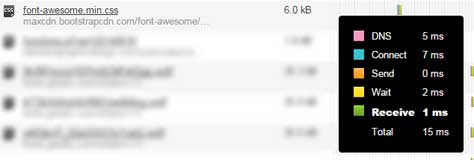Since the creation of my WordPress account, I’ve began to understand the structure and inner workings of this powerful content management system. I’ve learned the basic functions such as posting and creating categories, creating and modifying new pages, and adjusting the GUI based settings of installed themes. Additionally I’ve learned how to install themes via the theme browser and manual installation.
I successfully installed the FoundationPress theme which is based off of the popular responsive theme Foundation. I’ve since reverted back to the TwentyFourteen theme until I have a better understanding of modifying themes.
I will need to continue my research in order to develop a greater understanding of the WordPress theme stylesheets, template files, and optional functions and how they interact with one another.
Obtaining a stronger understanding of PHP will greatly help with future development.
